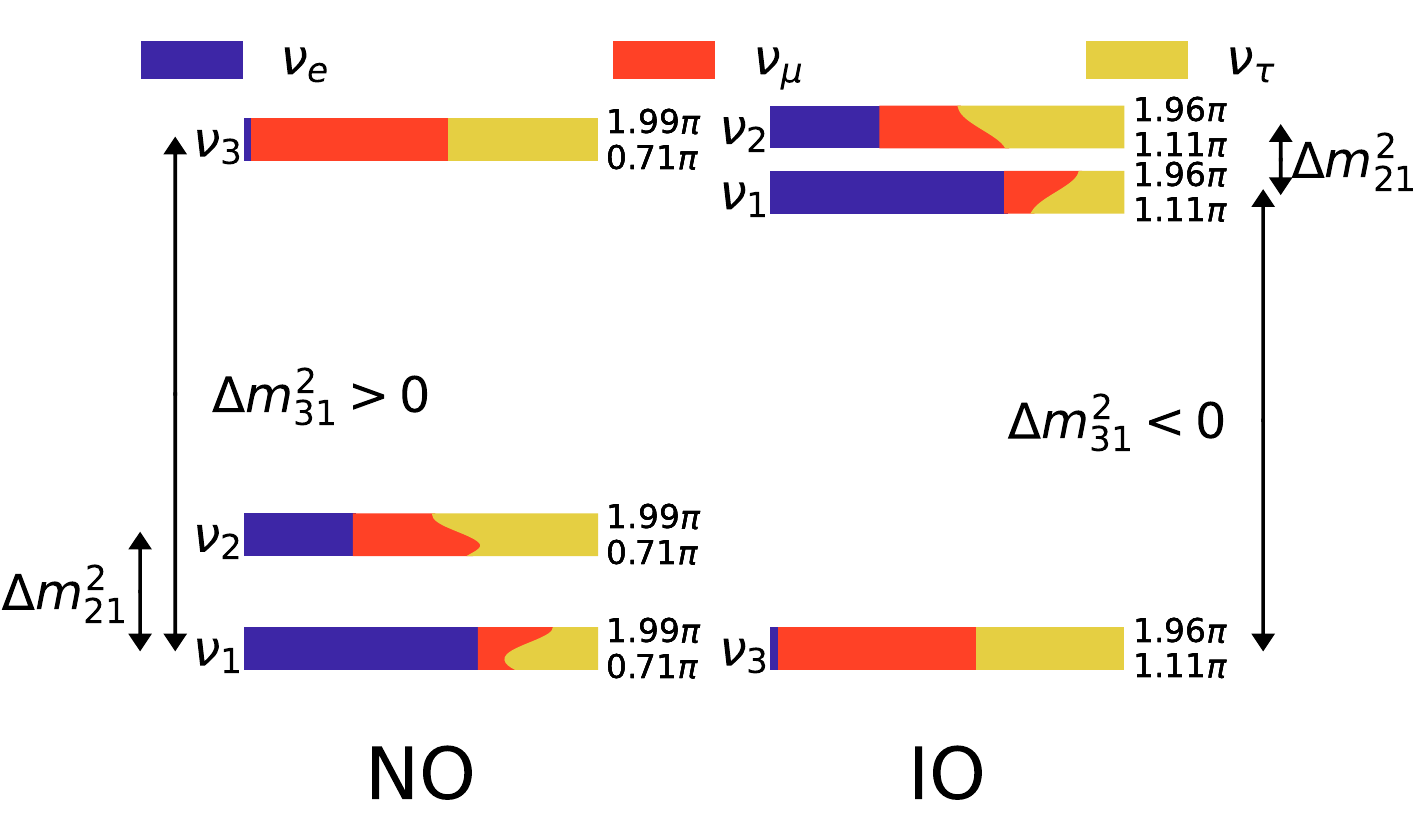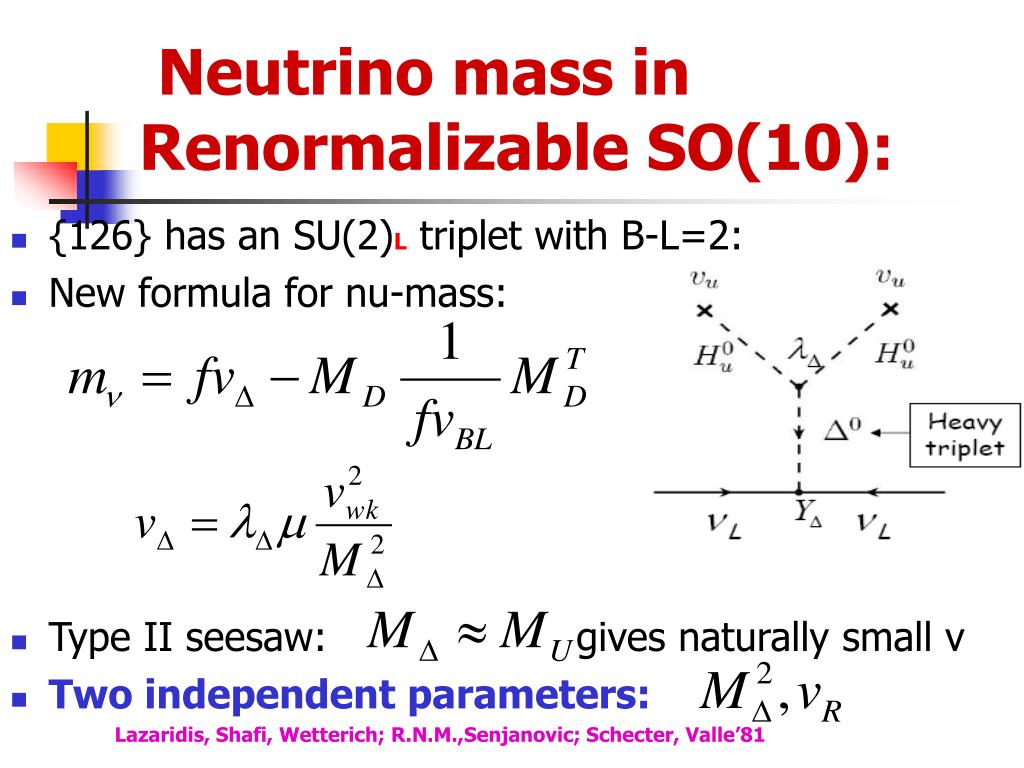

Neutrino oscillation is important by itself, but also because it opens a door towards the mass of the neutrino (neutrino oscillation can happen only if neutrinos are massive), thus towards a modification of the Standard Model of particle physics.
#MASS OF NEUTRINO FULL#
The full phenomenological theory of neutrino mixing and the theory of neutrino oscillations in vacuum were developed in the 1970’s.

The lepton mixing matrix of 3 neutrinos has naturally taken the name PMNS for Pontecorvo, Maki, Nakagawa and Sakata. They already assumed that there exists a representation which defines the “ true neutrinos” ν 1 and ν 2 through linear combinations of ν e and ν μ. Sakata in a paper which remained unknown for many years. Ī few years earlier, two-neutrino mixing had been proposed in 1962 by Z. The first phenomenological theory of two-neutrino mixing was soon proposed by V. In this paper, Pontecorvo already anticipated that solar neutrinos could oscillate, before the first Davis’s result. After the discovery of the muon-neutrino, it was very natural to Pontecorvo to generalize his first idea to the case of two neutrinos. At that time only one neutrino type was known and the only possible oscillation would be between neutrinos and antineutrinos. He thought that there was an analogy between leptons and hadrons and that neutrinos could oscillate in an analogous way to the K 0-antiK 0 system. The first idea of neutrino masses, mixing and oscillations was suggested by Bruno Pontecorvo in 1957.


 0 kommentar(er)
0 kommentar(er)
